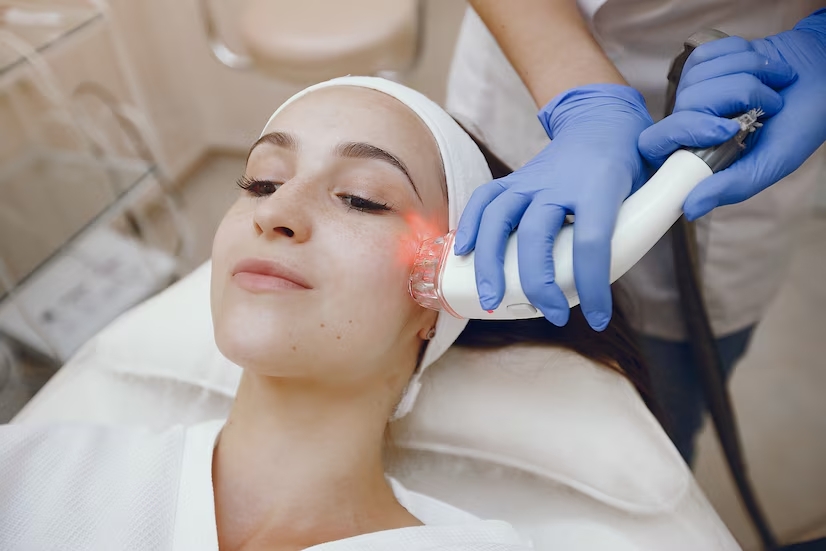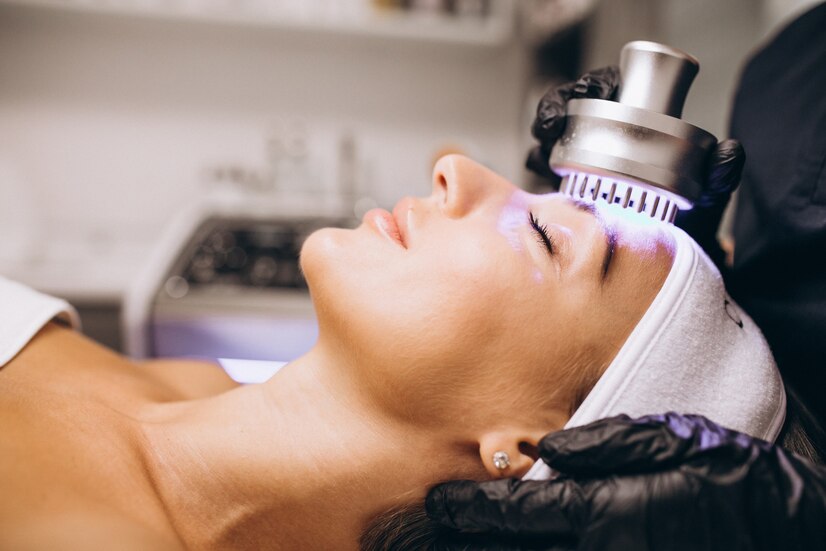Laser Skin Resurfacing – All You Need to Know!
Not satisfied with the current condition of your complexion and wish you were born with more smooth and younger skin? Laser skin resurfacing might become your solution. This well known cosmetic surgery procedure uses lasers to remove the damaged outer layers of the skin, exposing a brighter and tighter complexion beneath. Nonetheless, as the information is there, it seems that everybody feels overcautious and confused that may lead to anxiety and fear. The article explores laser skin resurfacing from A to Z, covering advantages and types, pre- and post-treatment expectations.
The Concept of Laser Skin Resurfacing?
Laser skin resurfacing is a non-invasive therapeutic treatment that focuses short bursts of light with high precision to eliminate warped skin cells. There are two main types of lasers:
- Ablative lasers: These powerful lasers are good at vaporising the upper skin layer (epidermis) and reach deep in to the dermis, stimulating collagen production for improved skin elasticity and firmness. Frequently used ablative lasers are CO2 and Erbium.
- Non-ablative lasers: Such lasers bypass the epidermis and work on the dermal layer without removing the epidermis. These lasers stimulate collagen growth and assist with issues such as wrinkles, scars and sun damage.
Advantages of Laser Skin Resurfacing
Laser skin resurfacing offers a multitude of benefits, including:
- Smoothed out wrinkles and lines that no more visible.
- Even & Healthy Skin Texture and Tone.
- Dissipated acne scars along with sun damage
- Minimized pores
- Enhanced skin elasticity
- More even pigmentation
 The Best Candidate for Laser Skin Resurfacing Procedures?
The Best Candidate for Laser Skin Resurfacing Procedures?
Laser skin resurfacing can be a great option for individuals with:
- Fine lines and wrinkles
- Acne scars
- Sun damage
- Uneven skin tone
- Age spots
- Enlarged pores
Consultation and Pre-Treatment
Throughout a consultation, the top dermatologist like Prof. Dr. Ikram Ullah Khan, will talk about your goals, medical history, and do a skin check and determine your skin type as well as whether you are a good candidate for laser treatment or not. They will also warn you about the possible side effects if something goes wrong and which type of treatment is the best for your skin. You will probably have to avoid sun exposure, stay indoor in the weeks preceding the surgery and discontinue some of your drugs.
Procedure of Laser Skin Resurfacing
The standard technique will be completed either in a dermatologist’s office or at an ambulatory surgical unit. Here’s a general idea of what to expect:
- Numbing the area: In this regard, the patient´s skin will be anesthetized either with local or topical anesthesia so as to hinder pain sensations.
- Laser treatment: The procedure will be performed by applying laser on the place of treatment, thus destroying or burning cells.
- Cooling and aftercare: Next, you would find yourself in the midst of cool and soothing assortment of treatment. The doctor will advise about the immediate and subsequent care of the wound, including cleaning it and educating on sun exposure protection.
Recovery Details After Laser Skin Resurfacing
Recovery time varies based on the kind of laser used, because each laser has a different effect on the tissue type. The recovery time after the ablative procedure is comparatively longer (face 2-3 weeks) and usually the treatment brings about an appearance of redness, swelling, and crusting. Nonablative treatments are mostly based on less downtime and usually slight redness or irritation are seen as side effect.
 Here are the general recovery tips that you should take into account.
Here are the general recovery tips that you should take into account.
- It is important to keep the skin dry and moisturized.
- Try to find good quality sunscreen with SPF rating of 30 or above.
- Prefer to sleep in the cooled place and exclude intensive physical activity or sweating.
- Use gentle skincare products.
Side Effects and Risks
Although this laser procedure is known to be ultimately rewarding, the short-term side effects include redness, swelling and scabbing. Although rare,risks that are more serious can consist of infection, scarring, and hyperpigmentation. Lastly, and more importantly, consult a board-certified dermatologist who has a lot of experience with this type of laser procedures to decrease the possibilities of side effects.
Cost of Laser Skin Resurfacing
The price range for the procedure of laser skin resurfacing will depend on the kind of laser used, the size of the treatment area and the location of operation. In the first place, the cost factor is high in the ablative methods when compared to the non-ablative ones. It is a must that the cost should never stand as a hindering factor to getting a dependable best dermatologist, Prof. Dr. Ikram Ullah Khan, as that would contribute to not only the positive results but also granting the patient with the security.
Conclusion
Laser resurfacing of the skin is a technique used for skin rejuvenation that gives you a younger look with much smoother skin. Once you get what the different types delivers, their benefits and the recovery process, it becomes easier for you to make the most informed decision in relation to its suitability to you. Remember, consulting with the best skin specialist, Prof. Dr. Ikram Ullah Khan, is crucial to discuss your goals and ensure a safe and successful treatment experience. To learn more visit our Youtube Channel.
